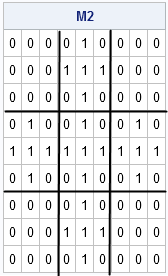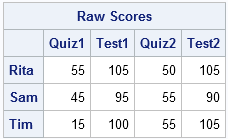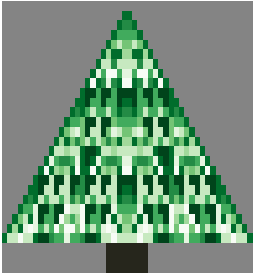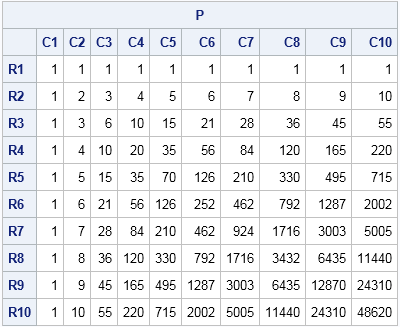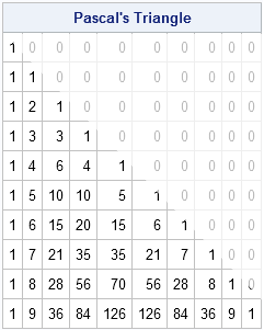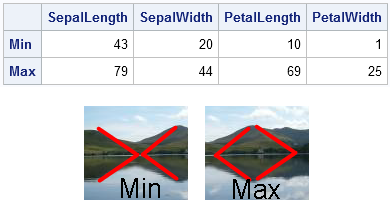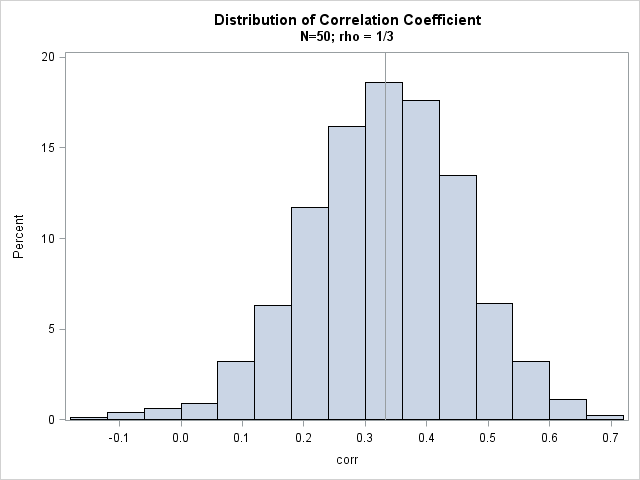
A SAS programmer recently posted a question to the SAS/IML Support Community about how to compute the kth smallest value in a vector of numbers. In the DATA step, you can use the SMALLEST function to find the smallest value in an array, but there is no equivalent built-in function



